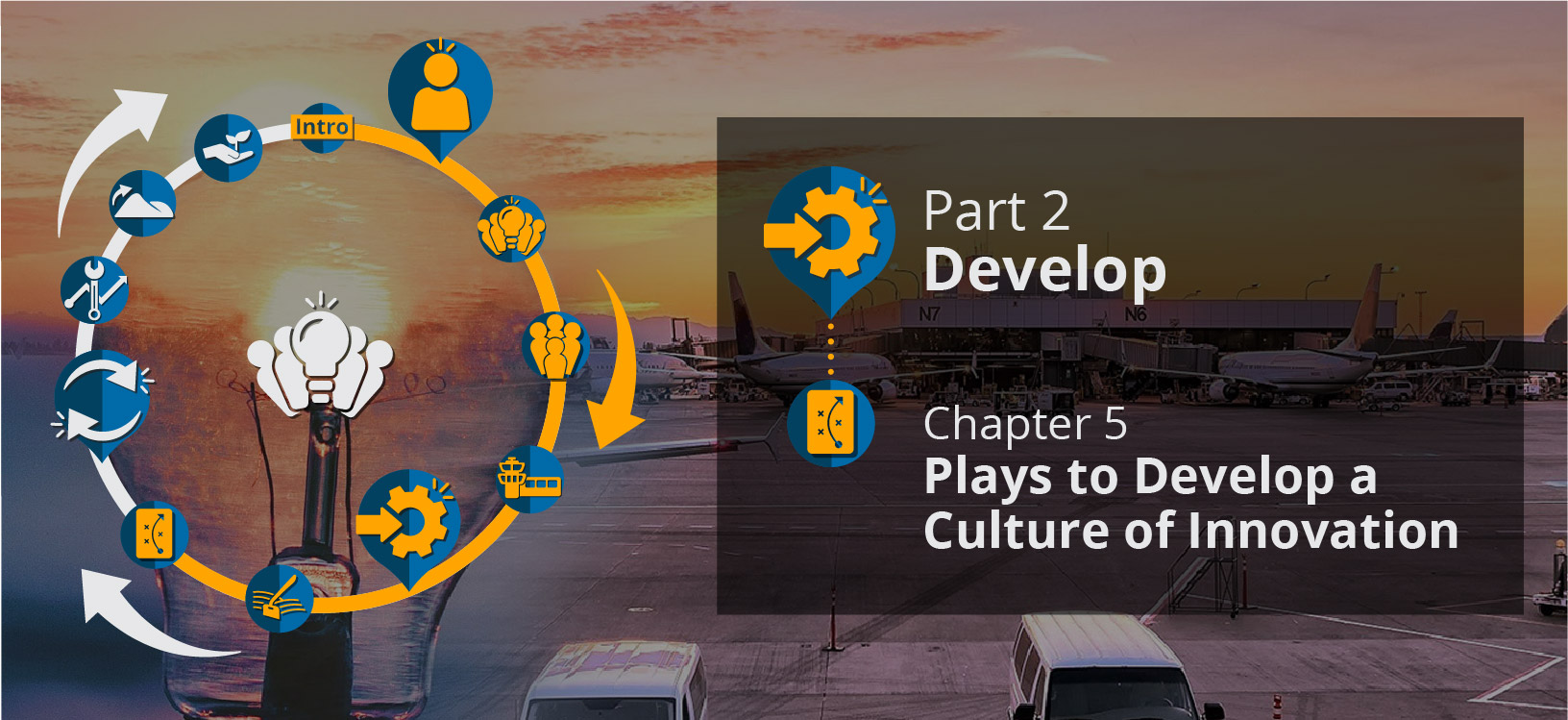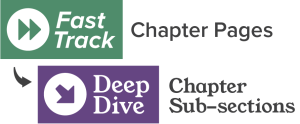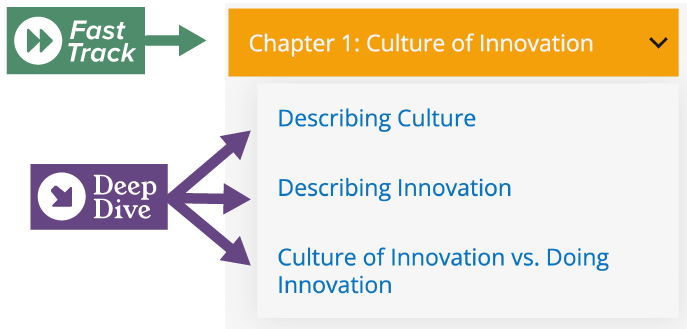

This is a Deep Dive page. Select the chapter for the Fast Track
Play 3: Drive Change (Leadership)
Innovative leaders are always looking for opportunities to drive change to improve things, ultimately for the benefit of the customer. Thomas Edison knew this well-he did not look for problems needing solutions but rather solutions that needed improvements. For instance, he was trying to improve the sound quality of Alexander Graham Bell's telephone transmitter when he discovered how to record voices on what became the phonograph.1 Today's innovative leaders have this same drive and ambition to improve. Improve upon things that do not work to make them better, and improve those in good working order to make them great.
Equate “Status Quo” with Negative Behavior
Innovative leaders
- Do not preserve the existing state of affairs. Enjoy and value change instead of safeguarding things like a carefully curated museum. This does not mean that all things are always in a state of constant change, but it does mean regularly evaluating things like policies, procedures, and tasks to see what can be modified to make them become more efficient, last longer, or cost less.
- Are brave. Do not fear the risks involved with making new changes. Make sure that employees know that change is always possible, and be accountable by making anticipated changes after promising them. Strive to be agile, and constantly challenge yourself to evolve. As Thomas Jefferson purportedly once said, “With great risk comes great reward.”
- Lead by example. Show others what it looks like to not be afraid of change; this makes the rest of the organization comfortable with change. Live by one of Albert Einstein's purported tenets: “If at first the idea is not absurd, then there is no hope for it.” This also helps staff prepare for change and look forward to new ideas being implemented. In the end, staff should value change and not "the way it's always been done.”
Evaluate What is and is Not Working
Innovative leaders
- Seek improvement first. Focus not only on fixing things that are not working, but also on improving things that seem to be working but could still use some tweaking. Also look at what is working well, and try to make those things even better. All are equally important when leading an innovative culture, so it's important to not overlook making adjustments to existing processes.
- Make inquiries. Constantly evaluate processes, procedures, and projects by getting together with employees to collect feedback on the current state of things. Do this regularly in staff meetings, or even in special sessions, to ensure that performance is assessed and that new ideas and approaches are discussed and evaluated.
- Pursue transparency. Use reports or findings from regular sessions as a valuable tool to propose new changes. Share reports throughout the organization, but ensure that information is presented carefully in an engaging way that does not shame or place blame, even if reports reveal weaknesses or unexpected findings. Transparency is important for making it clear who is responsible for proposing and sharing new recommendations for improving new things.
Demonstrate Ways to Improve the Customer Experience
Innovative leaders
- Capture customer insights. Keep customers and passengers, as well as partners like tenants, airlines, and government agencies, at the forefront of your mind. Constantly assess how each task accomplished by the airport can affect customers in a more beneficial way and improve their overall experience.
-
- For example, leaders at Amazon use a process they call “working backwards” in which they ask its more than 600,000 employees to regularly think about what will impact a customer. The company's successful service AmazonSmile is just one outcome of this process.2
- Maintain focus. Focus on the customer, passengers, and airport stakeholders so that the airport organization will readily realize opportunities to innovate and ultimately boost the passenger experience. Be willing to make necessary course corrections, whether small or large, to implement the changes necessary to keep the needs of your customers in focus.

1 Patrick J. Kiger, “6 Key Inventions by Thomas Edison,” History, March 6, 2020, https://www.history.com/news/thomas-edison-inventions.
2 Laszlo Bock et al., “The 50 Best Workplaces for Innovators,” Fast Company, August 5, 2019, https://www.fastcompany.com/best-workplaces-for-innovators/2019.

